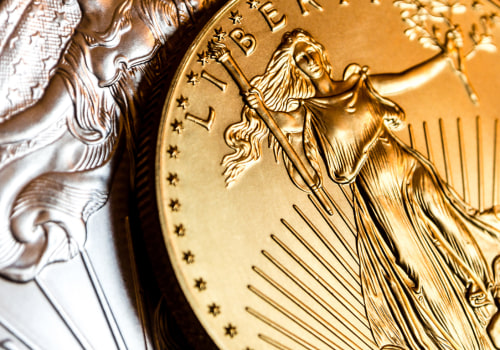Gold is not a high-risk investment. This explains why gold performs well in times of inflation or economic uncertainty. Gold is also characterized by a less volatile price movement than other assets, such as stocks. Every investment has advantages and disadvantages.
If you object to owning physical gold, buying shares in a gold mining company may be a safer alternative. If you think gold could be a safe bet against inflation, investing in coins, bars or jewelry are paths you can take to gold-based prosperity. Lastly, if your primary interest is to use leverage to profit from rising gold prices, the futures market could be your answer, but keep in mind that there is a considerable amount of risk associated with any leverage-based holding. The IRS treats gold and other precious metals as collectibles, not securities.
Gains from the sale of collectibles are taxed at the rate of 28 percent, rather than the lowest rates of 20 percent maximum applied to long-term capital gains on securities. Gold physical assets, such as jewelry, are always prone to theft due to their high prices and value. Digital gold could be an option for investors who want to reap the same benefits as physical gold without security concerns. However, investing in gold and other precious metals, and particularly in physical precious metals, carries risks, including the risk of loss.
While gold is often seen as a safe haven investment, gold and other metals are not immune to price drops. Know the risks associated with trading these types of products. You can pay part of the cost of investing in the precious metal in cash, but then pay the rest of the investment with margin. Gold rates tend not to be affected by inflation because they retain their value more than their other dollar-backed investments.
Physical gold ETFs invest in real bullion, so you get the advantage of the fund's purchasing power, lower spreads than individual investors would get, as well as instant access to your investment. Also, you don't have to worry about purity if you invest in paper gold, as they simply track the price of gold bars. Some gold ETFs invest in stocks of gold mining companies, adding an extra layer of risk to investment. These investors have as many reasons to invest in metal as there are methods to make those investments.
When you invest in precious metals ETFs or mining stocks, two popular ways to invest in precious metals without actually owning bullion, you enter into a contract with a seller or brokerage. You can, for example, invest in physical gold by purchasing the coins or gold bars mentioned above, as well as gold jewelry. So, if you want to invest in gold without paying manufacturing fees, your options include gold ETFs, gold sovereign bonds, digital gold, and others. While this value may change, a key reason investors opt for gold is because physical gold is easy to liquidate.
The truth always lies somewhere in between and, in this case, the truth is based on a multitude of factors that span your investment objectives, your time horizon, and ultimately your investment strategy. There are risks when investing in precious metals that are often overlooked when investors seek exposure to gold and silver. Between account opening fees, fees that can reach 15 percent or more of your investment (including any leveraged portion), storage fees, management fees, and ongoing interest on the loan on the leveraged portion of the purchase of precious metals, it can be difficult to make money with investments in precious metals. .







Leave a Comment